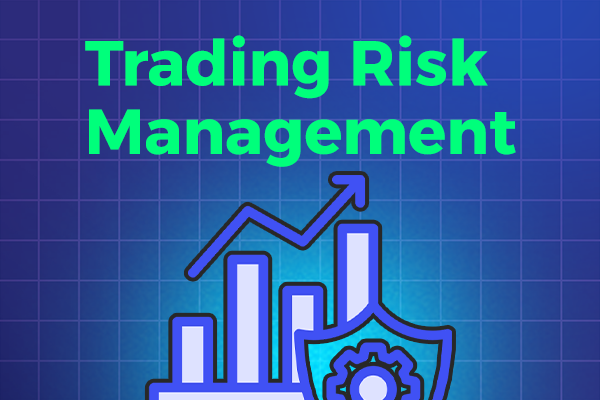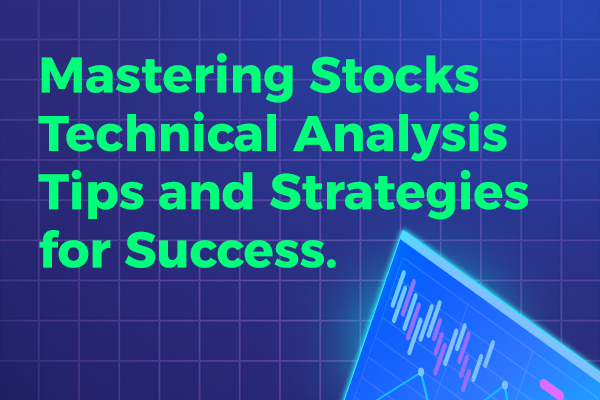Trading in the financial markets can be an exciting and potentially lucrative venture, but it also comes with inherent risks. retail traders often jump into the markets without a solid understanding of trading risk management strategies, while experienced traders can fall into complacency and overlook important risk management practices.
That’s why we’ve created the ultimate guide to trading risk management strategies for both retail and experienced traders. In this comprehensive guide, you’ll learn everything you need to know about managing risk in trading, including the importance of setting stop-loss orders, diversifying your portfolio, and managing your emotions. Whether you’re just starting out or looking to refine your trading strategy, this guide will provide you with the knowledge and tools necessary to stay ahead of the game and minimize your trading risks.
So, buckle up and get ready to take your trading game to the next level with our ultimate guide to trading risk management strategies.
Understanding Trading Risk Management
Before we dive into the details of trading risk management, let’s first understand what it is. Trading risk management is a set of strategies and practices that traders use to minimize their exposure to potential financial losses. It is a crucial component of any successful trading strategy. Without proper risk management, traders can easily lose all their capital in a single trade. Risk management aims to protect traders from such catastrophic losses by limiting their exposure to risks and ensuring that they have enough capital to continue trading.
The Importance of Trading Risk Management
The importance of trading risk management cannot be overstated. It is the backbone of any successful trading strategy. Without proper risk management, traders are essentially gambling with their money. Even the most experienced traders can make mistakes and suffer significant losses if they do not manage their risks properly.
Good risk management practices help traders to stay disciplined, avoid emotional trading, and make informed decisions. It ensures that traders have enough capital to continue trading even in the face of unexpected losses.
Common Mistakes Traders Make in Risk Management
Unfortunately, many traders make avoidable mistakes in risk management. One common mistake is failing to set stop-loss orders. A stop-loss order is an order to sell a security when it reaches a certain price. It is a crucial tool for managing risk as it limits the potential loss on a trade. Another common mistake is overtrading. Overtrading can easily lead to burnout and emotional trading, which can result in significant losses. Traders may also make the mistake of not diversifying their portfolios, which exposes them to unnecessary risks.
Risk Management Strategies for retail Traders
retail traders should focus on learning the basics of risk management before diving into trading. One of the most important strategies for retail traders is to start small. retail traders should start with a small amount of capital and gradually increase their investments as they gain more experience. It is also important for retail traders to set stop-loss orders on all their trades. This ensures that they limit their potential losses and avoid emotional trading. Another strategy for retail traders is to diversify their portfolios. By diversifying their portfolios, retail traders can spread their risks across multiple assets and reduce their exposure to individual risks.
Advanced Risk Management Strategies for Experienced Traders
Experienced traders should focus on refining their risk management strategies to stay ahead of the game. One advanced strategy for experienced traders is hedging. Hedging is a risk management strategy that involves taking a position in the opposite direction of an existing position to offset potential losses. For example, if an experienced trader holds a long position in a particular stock, they may take a short position in a related stock to hedge against potential losses.
Another advanced strategy for experienced traders is to calculate risk-to-reward ratios. This involves analyzing the potential risk and reward of a trade before entering into it. By calculating risk-to-reward ratios, experienced traders can ensure that they only take trades with a favorable risk-to-reward ratio.
Setting Stop-Loss Orders
Setting stop-loss orders is one of the most important risk management tools for traders. A stop-loss order is an order to sell a security when it reaches a certain price. By setting stop-loss orders, traders can limit their potential losses and avoid emotional trading. For example, if a trader buys a stock at $50 and sets a stop-loss order at $45, the stock will automatically be sold if it falls to $45, limiting the potential loss to $5 per share.
Diversifying Your Portfolio
Diversification is another crucial risk management strategy for traders. By diversifying their portfolios, traders can spread their risks across multiple assets and reduce their exposure to individual risks. For example, if a trader only invests in stocks, they are exposed to the risks associated with the stock market.
By diversifying their portfolio to include other assets such as bonds, commodities, or currencies, traders can reduce their exposure to individual market risks.
Hedging in Trading
Hedging is an advanced risk management strategy that involves taking a position in the opposite direction of an existing position to offset potential losses. For example, if a trader holds a long position in a particular stock, they may take a short position in a related stock to hedge against potential losses. Hedging can be an effective way to manage risks, but it can also be complex and requires a sound understanding of the markets.
Calculating Risk-to-Reward Ratios
Calculating risk-to-reward ratios is another advanced risk management strategy for traders. It involves analyzing the potential risk and reward of a trade before entering into it. By calculating risk-to-reward ratios, traders can ensure that they only take trades with a favorable risk-to-reward ratio. For example, if a trader determines that the potential reward of a trade is $10 per share and the potential risk is $2 per share, the risk-to-reward ratio is 1:5.
Using Risk Management Tools and Software
There are many risk management tools and software available to traders, ranging from simple stop-loss orders to complex trading algorithms. These tools can help traders to manage their risks more effectively and make informed trading decisions. For example, trading platforms such as MetaTrader 4 offer a range of risk management tools, including stop-loss orders, take-profit orders, and trailing stops.
Common Myths About Trading Risk Management
There are many myths about trading risk management that can lead to poor decision-making. One common myth is that risk management is only for retail traders. In reality, risk management is important for traders of all levels of experience. Another common myth is that risk management is a one-size-fits-all approach. In reality, risk management strategies should be tailored to the individual trader’s risk tolerance, trading style, and experience.
Conclusion
Trading in financial markets can be a rewarding experience, but it also comes with inherent risks. Proper risk management is crucial for traders to minimize their exposure to potential financial losses. retail traders should focus on learning the basics of risk management, including setting stop-loss orders and diversifying their portfolios. Experienced traders should refine their risk management strategies, including hedging and calculating risk-to-reward ratios. By using risk management tools and software, traders can make informed decisions and stay ahead of the game. Remember, the ultimate goal of risk management is to protect your capital and ensure that you can continue trading for the long term.









